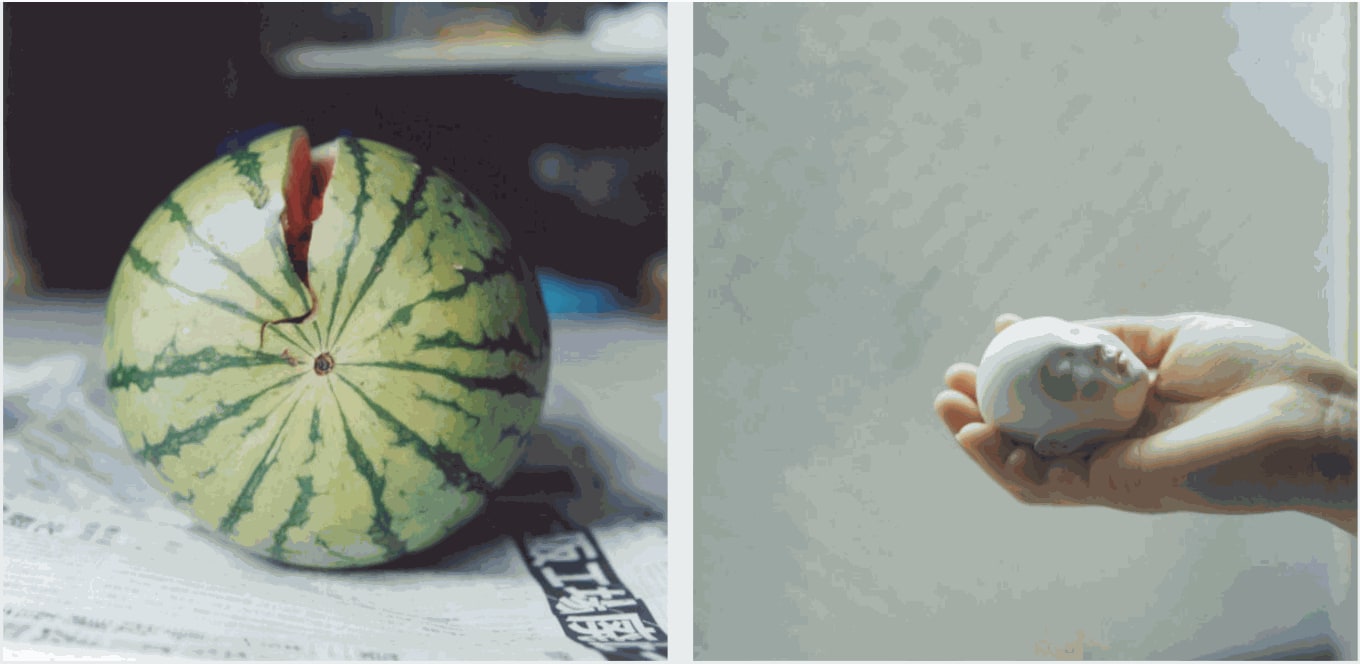
There is a sense of innocence in the way that Kawauchi photographs these intimate, personal and almost sentimental gestures, as if she is seeing them for the first time. In an article written for the British Journal of Photography Martin Parr describes this feeling; “So what is the subject matter and why are so many people excited about her work? Well the simple answer is that it concerns the pleasures and terrors of every day life” (Parr, 2004)
Her series of colour images make the banal, the everyday, the possibly maudlin and the certainly melancholy look another way – the way that only these things can look as framed through her lens, in this light.

As a result, in Kawauchi’s work, a woman giving birth, butterflies perched on flower petals and dewdrops on skin are transformed through the photographic medium. Each of her series have been released as books or with books to accompany exhibitions. Kawauchi’s choice to keep making books is down to the personability that a book can offer between the project and the reader. In an interview for Unseen Magazine Kawauchi explains “An exhibition allows a person to enter a location and experience the space, while books connect us to the present – we can decide to flip them open whenever we feel like it. Because of this, I feel like books allow their readers to build a close knit connection to my images, more so than they might be able to do at a show.” (Kawauchi, 2017)
Having the choice to release my final project as either an exhibition or a book, I initially had the desire to create a pop up exhibition. Thinking about how an audience is introduced to my work however made me question if this was the best foot forward in my career. I agree with Kawauchi in that presenting your work in a book gives the audience a chance to build a personal connection with the work over time if not instant. I also think that the design and assembly of the work being less restricted in a book is important for me. The assembling and placement of the images from page to page is almost as important as taking the photographs, it can completely elevate and transform the work.

